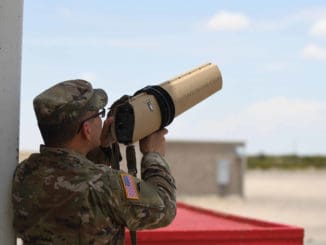
How Does China Use Mass Surveillance Technology?
In his celebrated work of dystopian fiction “Nineteen Eighty-Four,” author George Orwell once envisioned a “world of fear and treachery and torment, a world of trampling and being trampled upon.” Describing a society menacingly ruled by a dictatorship solely interested in using its considerable political influence to oppress its own citizenry, [1] many readers in Orwell’s time thought that the author was predicting a social scenario that could never actually come into being. In essence, the notion that a government could spy on its citizens through their television screens seemed like the stuff of science fiction to a populace that couldn’t even afford to purchase television sets. At the time, in fact, Orwell was writing about the rise of Stalinism in the then-burgeoning Soviet Union. But a year after “Nineteen Eighty-Four” was written, China experienced its own Communist revolution, [2] and in the wake of that event, the country descended into a surveillance state in all but name. As China ushers in a new age of social surveillance technology 70 years after Maoism became the country’s de facto political philosophy, [Read More…]




